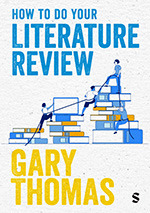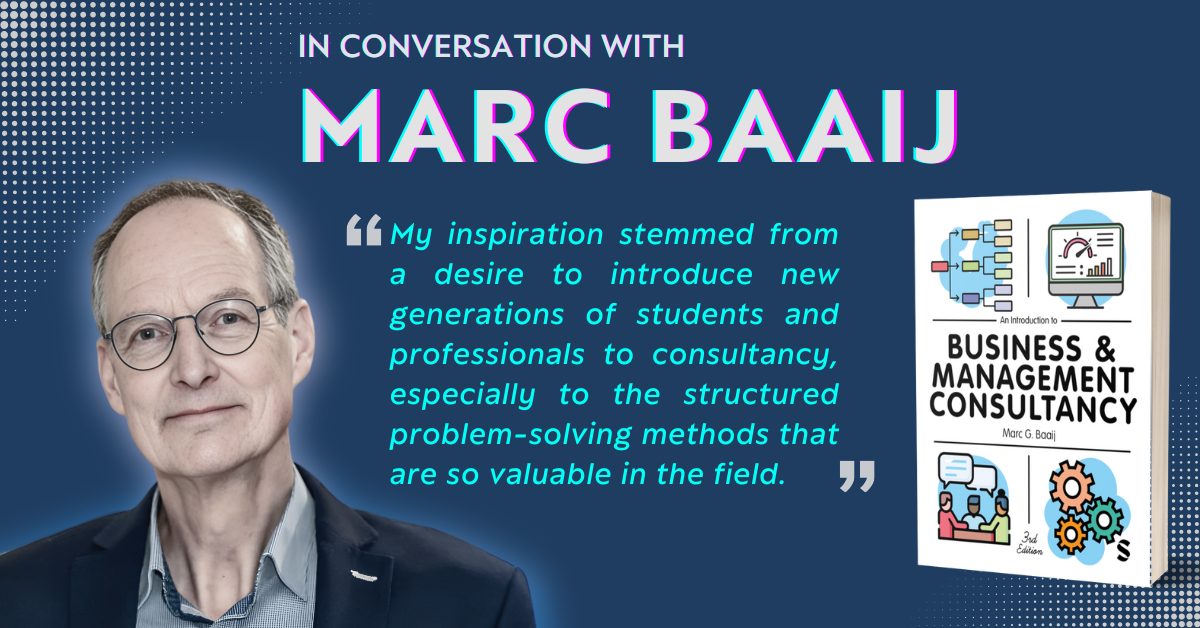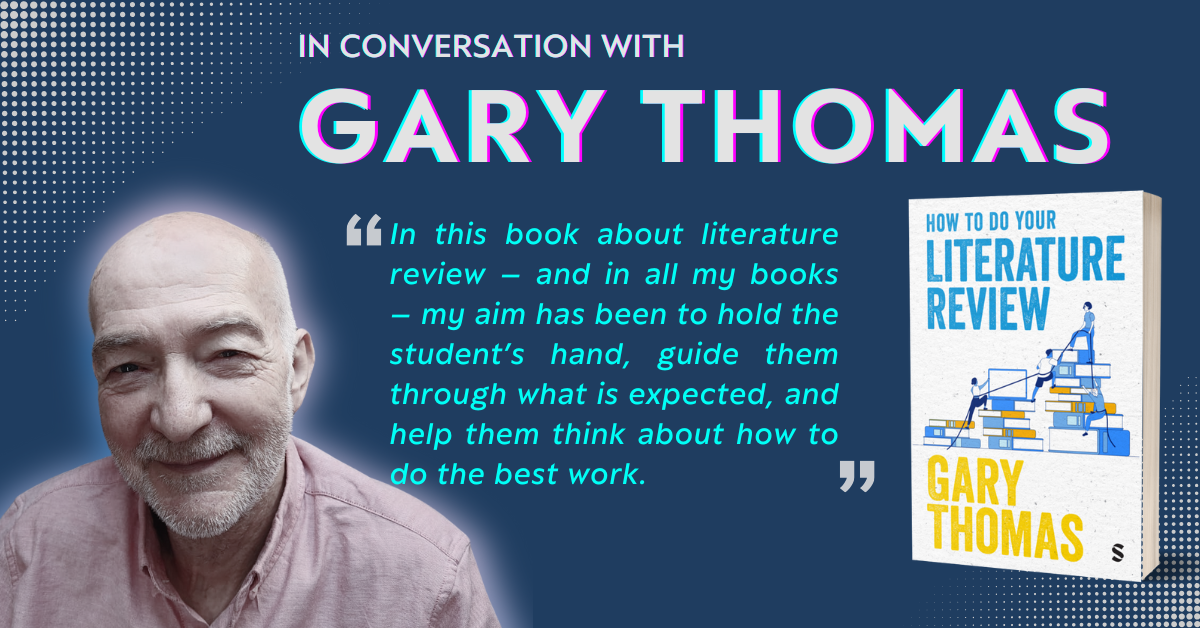As new AI tools pop up each week, it’s clear that they will provide a remarkable resource for both professional researchers and students alike. They can provide digests and summaries in seconds from millions of papers, link cognate literature, and even draw maps showing links between the literature.
But we – professional researchers and students – can’t rely on them too heavily. There are negatives to the use of AI, as I try to make clear in my new book How to Do Your Literature Review. A literature review is not just a compilation of related references and sources. The best literature reviews use human intelligence (HI) to create meaning around the found literature. They go beyond summarising and list-making, striving instead for storytelling, weaving linked ideas into a narrative – a narrative that contributes meaning and value to a research study.
It is this narrative-making that will give the human literature reviewer a huge superiority over the AI literature reviewer. A human’s review will be full of ‘however’ and ‘whereas’ and ‘by contrast with’ and ‘the balance of opinion’ and ‘we might conclude tentatively that’. Even the best AI’s creation, even if it’s presented in prose like a story, won’t be much more than an expanded list.
There are positives and negatives to the host of new AI-based reviewing tools that are now available. Here’s how I would summarise them:
Positives
- They are good at finding relevant papers, including those that humans might miss with a quick Google search. There may be papers that you didn’t consider relevant, which the AI can suggest in a new light.
- They are great for snowballing backwards and forwards. (More info on snowballing can be found in my Q&A blog: Literature review in the age of AI: Common questions — Sage Research Methods Community)
- They review a range of databases (e.g. PubMed, ERIC, PsycInfo), so that you don’t have to go to each individually. Furthermore, in reviewing a range of these at the same time, they may show you papers that wouldn’t have been revealed if you had relied on a subject-specific database.
Negatives
- They may miss some obvious finds and connections, perhaps because an author is using unusual vocabulary, hasn’t adopted a widely used keyword, or hasn’t connected explicitly with the existing literature.
- They may focus on a ‘throwaway’ word used by a search query or title and skew your results, going over the top on offering ‘finds’ based on that word. This can change the topic of your review entirely, without you even realising.
- They are not good at creating a narrative. Even when they claim to be offering some kind of prose digest, this is more like a list – albeit a list that is made to look like prose – than a story. They cannot see the themes, issues and outliers that you would see using your human intelligence.
- Relying on them too closely can mean that the form, structure and priorities of the existing literature can be privileged over a thoughtful review of what is important for the issue that you are exploring. Your mindmap or storyboard should be your map in navigating the area you are investigating, not the thought-lines imposed by existing work.
In my book, How to Do Your Literature Review, I demonstrate the use of various AI tools. However, I emphasize that researchers and students possess the unique ability to craft narratives and storyboards using their own human intelligence, something AI cannot replicate. While AI can assist with the search process, it cannot perform the critical thinking required. The book provides several frameworks for organizing a literature review - funnelled, thematic, and chronological approaches - that add structure and depth to the synthesis of literature in ways beyond AI's capabilities.
If you want to hear more from Gary Thomas about ways to engage students in doing their literature reviews, watch the webinar recording: https://www.youtube.com/watch?v=AKqCbz5sQfM&t=1s
Find out more about his book 'How To Do Your Literature Review', and request an inspection copy.
 | Book Details How to Do Your Literature Review Edited by: Gary Thomas ISBN: 9781529673036 £30.99 |







